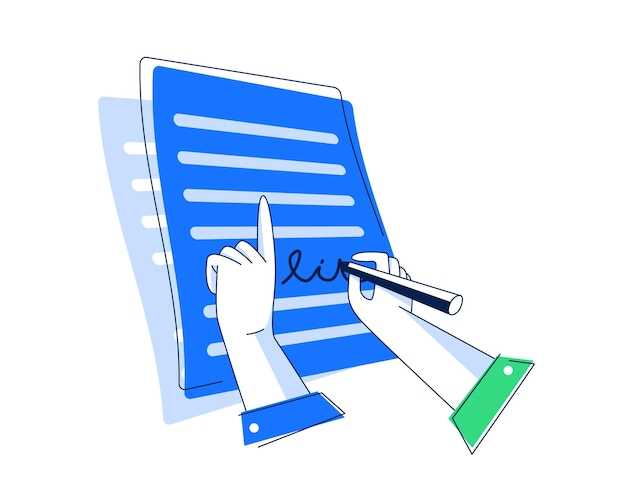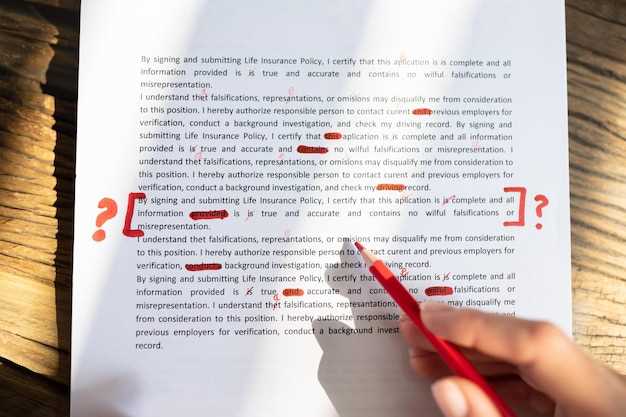
Begin each essay with a strong opening sentence that captures attention. A question, a surprising fact, or a vivid description works best. This approach immediately engages your reader and sets the tone for the rest of your writing.
Focus on specific examples from your life to illustrate your points. Instead of saying “I’m a hard worker,” describe a project where you overcame challenges. Details make your essay memorable and authentic.
Keep paragraphs short and concise. Aim for three to five sentences per paragraph. This structure improves readability and ensures your ideas flow smoothly.
Edit your essay multiple times. Read it aloud to catch awkward phrasing or repetitive words. Ask a trusted friend or mentor to review it for clarity and impact.
Use active voice to make your writing more direct and engaging. For example, write “I completed the project” instead of “The project was completed by me.” This small change strengthens your message.
End with a conclusion that ties everything together. Restate your main idea without repeating it verbatim. Leave your reader with a lasting impression of your unique perspective and strengths.
How to Identify and Highlight Your Unique Story
Reflect on moments that shaped your perspective or goals. Think about challenges you’ve overcome, experiences that changed your direction, or passions that drive you. These are the building blocks of your story.
- List key events or decisions that influenced your academic or personal growth.
- Identify specific skills or qualities you developed through these experiences.
- Consider how these elements connect to your future aspirations.
Focus on details that set you apart. Instead of general statements, use vivid examples to illustrate your points. For instance, describe a project you led, a problem you solved, or a lesson you learned from failure.
- Write down three unique aspects of your background or personality.
- Explain how these traits align with the program or opportunity you’re applying for.
- Show, don’t tell–use anecdotes to demonstrate your strengths.
Structure your story to engage the reader. Start with a compelling hook, build a clear narrative, and end with a strong conclusion that ties everything together. Keep your tone authentic and avoid overloading with unnecessary information.
Edit with purpose. Remove repetitive ideas and ensure each sentence adds value. Ask someone you trust to review your essay and provide feedback on clarity and impact.
Structuring Your Essay for Maximum Impact

Begin with a clear thesis statement that outlines your main argument or purpose. This sets the tone and direction for your essay, helping readers understand your focus immediately.
Organize your essay into distinct sections: introduction, body paragraphs, and conclusion. Each section should serve a specific purpose, ensuring a logical flow of ideas.
Use topic sentences at the start of each body paragraph to introduce its main point. This keeps your writing focused and makes it easier for readers to follow your argument.
Support your points with specific examples, data, or anecdotes. Concrete evidence strengthens your argument and makes your essay more persuasive.
Transition smoothly between paragraphs by linking ideas with connecting phrases. This creates coherence and maintains the reader’s engagement.
End with a strong conclusion that summarizes your key points and reinforces your thesis. Avoid introducing new information; instead, leave a lasting impression by connecting back to your main argument.
Choosing the Right Tone and Voice for Your Audience

Identify your audience’s expectations by analyzing their background, values, and communication style. For example, a formal tone works best for academic admissions committees, while a conversational approach may resonate with creative program reviewers.
Match your tone to the purpose of your essay. If you’re sharing a personal story, use a warm and reflective voice. For analytical essays, maintain clarity and precision to convey your ideas effectively.
Adjust your language to align with the institution’s culture. Research their mission statement, values, and recent publications to understand their preferred style. This ensures your essay feels tailored and relevant.
Use active voice to make your writing direct and engaging. For instance, instead of “The opportunity was given to me,” write “I seized the opportunity.” This creates a stronger connection with the reader.
Balance confidence with humility. Showcase your achievements without sounding boastful by focusing on your growth and the lessons learned from your experiences.
| Audience Type | Recommended Tone | Example |
|---|---|---|
| Academic Committees | Formal, precise | “My research demonstrates a clear understanding of…” |
| Creative Programs | Conversational, expressive | “This project allowed me to explore my passion for…” |
| Professional Schools | Confident, results-oriented | “I led a team to achieve measurable improvements in…” |
Proofread your essay to ensure consistency in tone. Read it aloud to check if it sounds natural and aligns with your intended voice. Small adjustments can significantly enhance readability and impact.
Editing Techniques to Polish Your Final Draft
Read your essay aloud to catch awkward phrasing or unclear sentences. Hearing the words helps identify areas where the flow feels off or where transitions need improvement.
Focus on one aspect of editing at a time. Start with structure, ensuring each paragraph supports your main argument. Then, move to grammar, punctuation, and word choice for precision.
Use tools like Grammarly or Hemingway Editor to spot common errors and improve readability. These tools highlight passive voice, complex sentences, and overused words.
Ask a trusted friend or mentor to review your draft. Fresh eyes often catch mistakes you might overlook and provide valuable feedback on clarity and tone.
Cut unnecessary words or repetitive ideas. Aim for concise, impactful sentences that keep the reader engaged without losing meaning.
Check for consistency in tone, style, and formatting. Ensure headings, fonts, and spacing follow the required guidelines for a polished presentation.
Take breaks between editing sessions. Returning to your draft with a clear mind helps you spot errors and refine your work more effectively.
Common Mistakes to Avoid in Application Essays
Focus on clarity and specificity instead of using vague statements. Avoid phrases like “I’m passionate about helping people” without explaining how or why. Provide concrete examples that show your experiences and skills in action.
Don’t overuse clichés or generic language. Phrases like “thinking outside the box” or “hardworking team player” lack originality. Instead, describe unique situations where you demonstrated creativity or teamwork.
Proofread your essay multiple times to eliminate grammar and spelling errors. Even small mistakes can distract readers and create a negative impression. Consider asking a trusted friend or mentor to review your work.
Avoid writing a resume in paragraph form. Your essay should tell a story, not just list achievements. Highlight one or two key experiences and explain how they shaped your goals or perspective.
Don’t ignore the prompt. Tailor your essay to answer the specific question or address the theme. Straying from the topic can make your essay seem unfocused or irrelevant.
Keep your tone professional but authentic. Avoid sounding overly formal or trying to impress with complex vocabulary. Write in a way that reflects your true voice and personality.
Be mindful of length. Stick to the word limit provided. Going over can make your essay feel bloated, while writing too little may leave out important details.
Don’t exaggerate or fabricate experiences. Admissions committees value honesty and integrity. Focus on genuine accomplishments and lessons learned.
Finally, avoid leaving your essay until the last minute. Rushed writing often lacks depth and polish. Give yourself enough time to draft, revise, and refine your work.